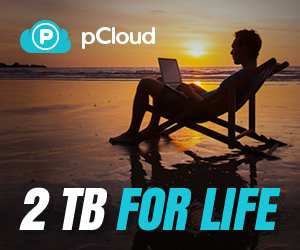Microsoft has announced significant updates to its Windows Recall feature, an AI-powered tool designed to capture and store screenshots of active windows on a user’s PC.
The updates come in response to widespread concerns over privacy and data security, with the company now introducing stronger protections, greater user control, and more robust access restrictions.
When Windows Recall was first unveiled earlier this year, many privacy advocates expressed alarm. The feature takes frequent screenshots of active windows, stores them in a database, and allows users to search for past screenshots using natural language prompts. While designed to improve productivity, cybersecurity experts warned that the feature could be vulnerable to abuse by malware or threat actors seeking to steal sensitive user data.
In response to this feedback, Microsoft has made several key changes. First and foremost, the company has ensured that Windows Recall is strictly opt-in, meaning users must actively enable it if they wish to use it. If not enabled, the feature remains off by default, and no screenshots are taken. Furthermore, Microsoft has introduced the option to exclude certain applications, websites, or private browsing sessions from being captured by Recall, allowing users to maintain control over what data is stored.

One of the most important additions is the new sensitive information filter. This feature automatically blocks confidential data, such as passwords, credit card details, and other personal information, from appearing in any captured snapshots. This is designed to ensure that such sensitive data is protected even if the user chooses to activate Recall.
Microsoft has also emphasized that users will have full control over the feature, including the ability to completely remove Recall through Windows’ settings menu. Users can delete snapshots, pause the feature, or turn it off at any time, ensuring they remain in charge of their data at all times.
To address security concerns, Microsoft has upgraded the encryption and access controls for Recall. All data is encrypted, with the encryption keys protected by the Trusted Platform Module (TPM), which is linked to Windows Hello credentials. This ensures that only the device owner can access the snapshots. Additionally, no data is shared with Microsoft or third parties, and everything remains stored locally on the user’s device.
The company has further enhanced security by ensuring that Recall works in tandem with Windows Hello’s Enhanced Sign-In Security. This means users must authenticate before accessing their stored snapshots, adding another layer of protection against unauthorized access. Microsoft has also integrated Virtualization-Based Security (VBS) Enclaves, which ensure that data is decrypted only temporarily during use, minimizing the risk of exposure to malware or hackers.
To prevent misuse by malicious software, Recall has been designed with several protective measures, including rate-limiting and anti-hammering, which reduce the likelihood of repeated access attempts from malware. Microsoft has underscored that no data leaves the device without the user’s explicit consent, and the feature operates under strict privacy guidelines.
These updates come ahead of Recall’s anticipated release to Windows Insiders in October, where it will debut on Copilot+ PCs. By addressing privacy and security concerns head-on, Microsoft aims to make Windows Recall a secure and useful tool that respects user privacy while offering enhanced productivity features.
Bijay Pokharel
Related posts
Recent Posts
Subscribe

Cybersecurity Newsletter
You have Successfully Subscribed!
Sign up for cybersecurity newsletter and get latest news updates delivered straight to your inbox. You are also consenting to our Privacy Policy and Terms of Use.





